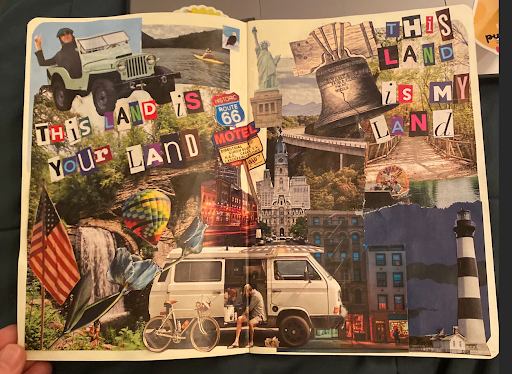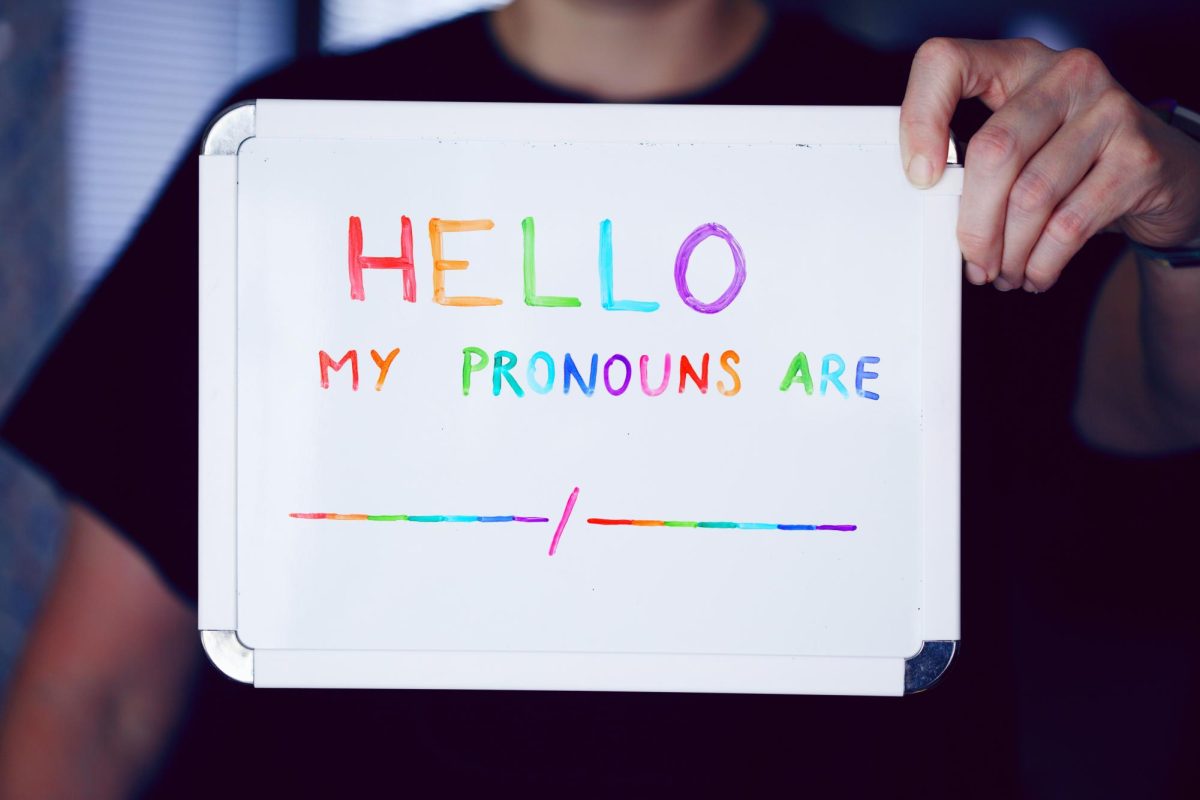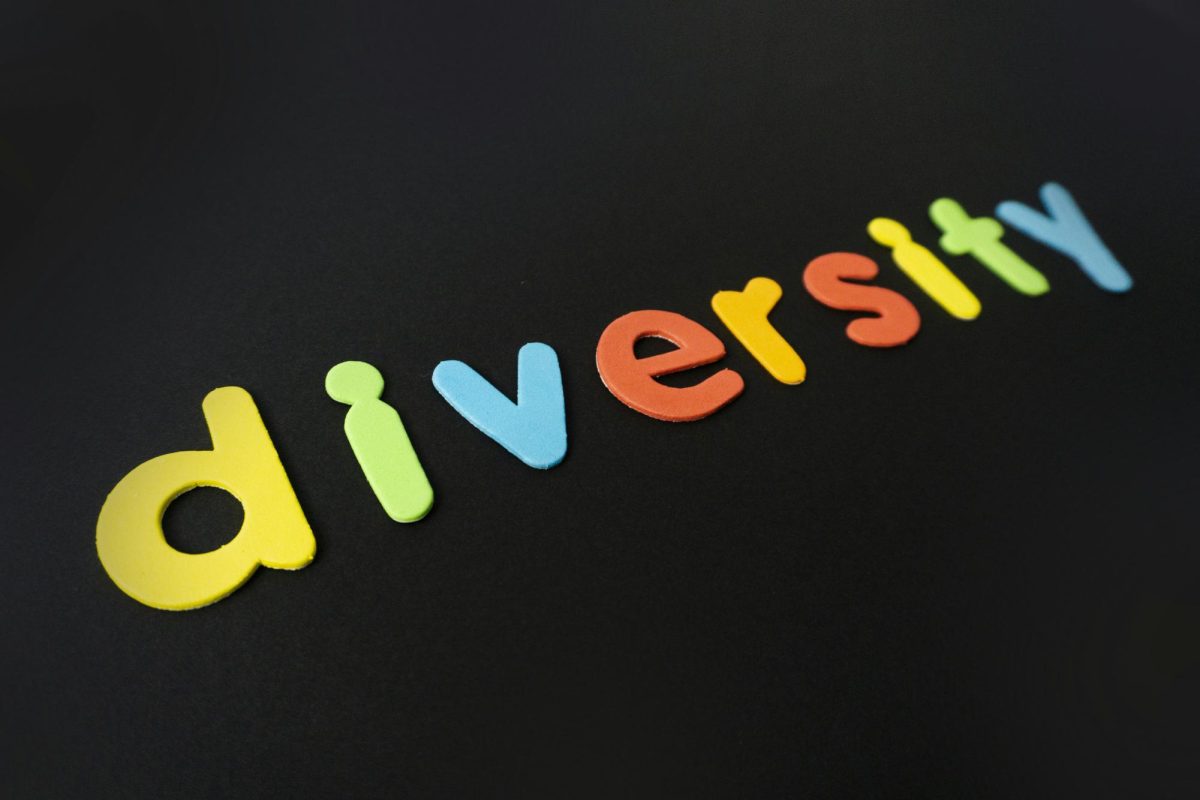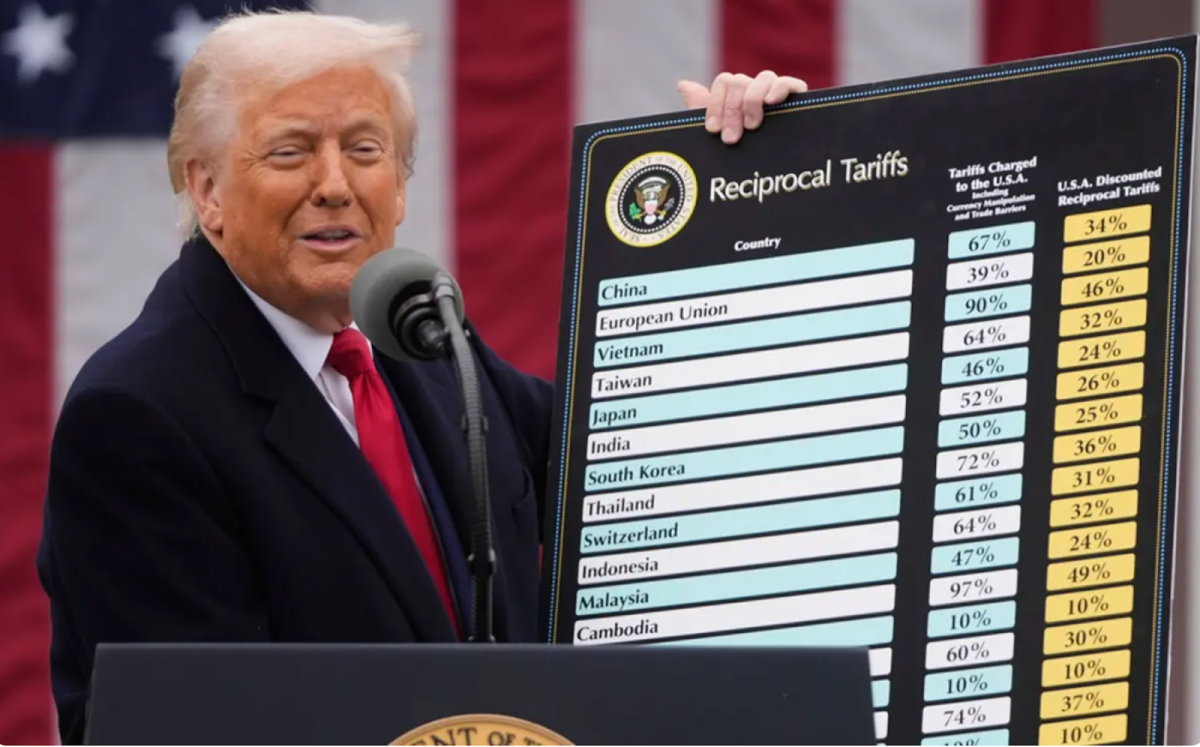The elections on November 5 affected (and will continue to affect) all of us. As data is collected and the smoke clears, we are beginning to see the logistics of who voted, and who they voted for, and one group, in particular, has caught my eye: independent voters.
For the first time, independent voter turnout surpassed the turnout of one of the two major political parties. That’s right, more independents (at 34 percent) showed up to vote than Democrats (at 32 percent), and independents tied with Republican turnout (at 34 percent). Overall, independent voter turnout was up 8 percent since 2020!
I am an independent (and first-time voter) myself, so this increase makes me incredibly proud, but this article isn’t just about giving independent voters a high five (though I do believe all voters, regardless of political affiliation, deserve one for doing their civic duty). The real question here is why this happened.
Yes, it was expected that winning independent voters would be important to these elections, but independent turnout surpassing Democratic turnout and tying with Republicans was not something we saw coming. So, what is going on here?
Firstly, we need to understand that “independent” is a self-identifying term, meaning that it means different things to many people. Most independents may lean in one direction or another politically, yet choose not to identify themselves with that party for whatever reason.
At the beginning of the year, Forbes Magazine published an article explaining that, in 2023, more and more voters began to register as independents, while the number of voters registered as Republicans or Democrats began (and continues) to dwindle, with Democrats taking a large blow as the number of Americans identifying as Democrats dropped to an all-time low of 27 percent, 3 percent less than 2020.
The number of Americans identifying as Republican has also been negatively fluctuating and rested at 27 percent at the beginning of the year. Meanwhile, independent identification rose to 43 percent. While these numbers may not be perfectly accurate right now, they give us an idea of a basic trend: More people are making the decision to not affiliate themselves with a political party.
Because independent voter registration increased while Republican and Democratic registration decreased, we can assume that some voters are beginning to pull away from both major political parties. In sum, this isn’t simply a Democratic or Republican issue. Rather, the issue seems to be with the political parties themselves.
Though independents are a diverse bloc of voters, they are united in that they are more likely than partisans (those belonging to a party) to view politics, political parties, and political candidates through a negative lens. As partisans on both sides drop and independents rise, we can assume that more and more Americans are developing this critical view and becoming disillusioned with the Democratic and Republican parties alike. People on both sides of the aisle are losing faith.
For me, this is because both political parties are becoming incredibly polarized, while the candidates they have been selecting are so deep red or blue that everyday people feel abandoned. Reuters lists “extremism” as the top concern for independents in 2024.
Even when these perceptions of the parties are somewhat skewed and definitely do not contextualize the entirety of the party (a majority of Democrats and Republicans are not radical extremists), the radical politicians and extremist views that both parties have come to support lately are leaving a bad taste in the electorate’s mouth, as both parties seem to draw away from everyday citizens and towards millionaires and celebrities (because seriously, why are we looking towards Elon Musk and Taylor Swift for political advice?)
The rise in independent voter turnout in these 2024 elections can also be partially due to the fact that less Democrats turned out to vote, skewing proportions.
Overall, I think this past presidential race really showcased how drastic of a divide exists between our two major parties, and as that chasm widens, more Americans find themselves fitting into it as independents than as Democrats or Republicans.
My biased opinion is that the rise of independent voters is a good thing, indicating that more and more Americans are beginning to recognize the danger party polarization presents to our nation. I hope that Democratic and Republican leaders alike begin to realize that radicalism is costing them party members and that most Americans want peace, compromise, and progress, not political wars segregating red from blue.
Of course, all of that is easier said than done, and until then, I urge you to continue standing up and voting for what you believe and remember that whether you are a Democrat, Republican, independent, or anything in between, we are all human, and so much more than a party label.





![The Downfall of Taylor Swift: AI, ‘The Life [and Demise] of a Showgirl’](https://comenian.org/wp-content/uploads/2025/10/unnamed-6-1.jpg)







